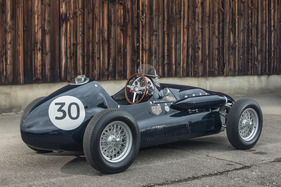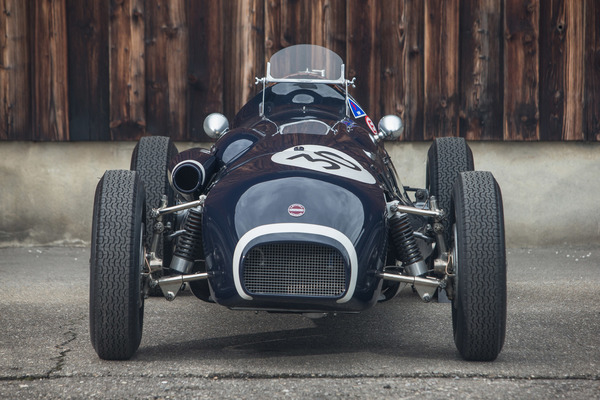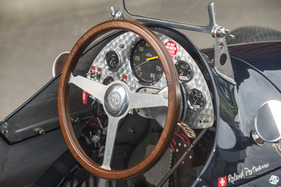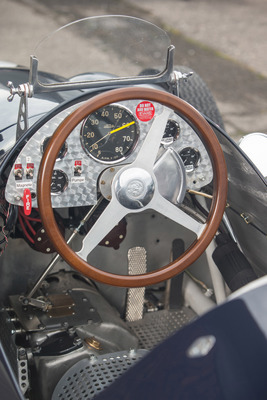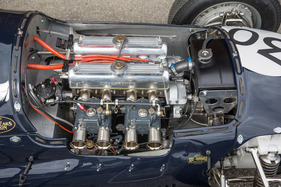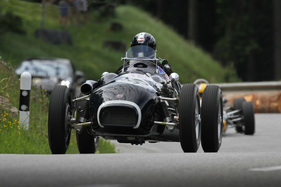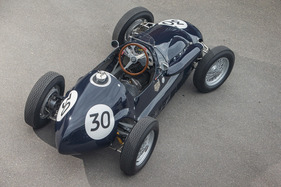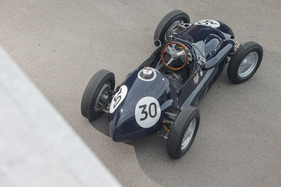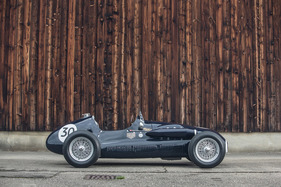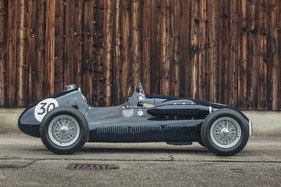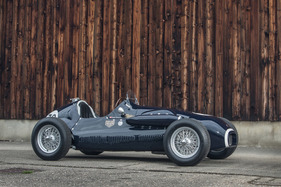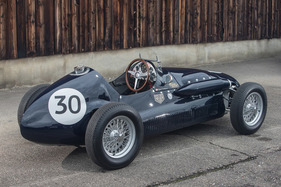Cromard Special - continuous evolution up to Formula 2
Summary
Can you build a competitive Formula 2 racing car on technology that is over 20 years old? You can, but more modern construction principles are better in the end. With the Cromard Special, the builder went through all these evolutionary steps until finally, in 1950, a fast and attractive single-seater with a chance of winning was created. The one-off survived and was recently completely restored. This report describes the long history of the British F2 racing car and shows it in many pictures.
This article contains the following chapters
- With a lot of experience at work
- Pre-war racing car as a starting point
- Independent suspension thanks to Volkswagen
- Further and further away from the starting point
- More power, higher demands
- Tragic turning point
- Disappeared and rediscovered
- Completely restored and back in shape
Estimated reading time: 5min
Preview (beginning of the article)
In the post-war period, many racing cars were built from the remnants of others. There was not yet a proper accessories industry, so you had to take what you had. This also explains why a French Amilcar C6 from the 1920s could become the basis for a British Monoposto from the 1950s. The builder of the Cromard Special was called F. R. G. (Bob for short) Spikins. And he was no novice when it came to building a Special. Even before the war, he had caused a sensation with the "Bantam", a Special based on a supercharged 972 cc Singer.As soon as some time and money became available again after the war, Spikins, who was head of Laystall Engineering Co. Ltd. in Wolverhampton, started developing again, true to his credo that you have to try out what you develop yourself.
Continue reading this article for free?
Photos of this article














